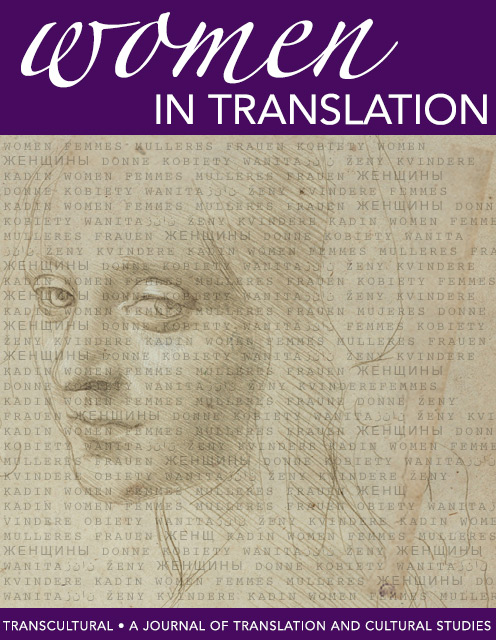Dancing with Myriam: Creating and Staging a New Metaphor for the Process of Translation
DOI:
https://doi.org/10.21992/T9Q62MKeywords:
Translation, Metaphor, TheatreAbstract
This article tells the story, and analyzes the development, of a “staged metaphor” for the translation process, from its chance inception over ten years ago, to the more recent revision and staging of the script. In 2005, I was teaching world literature at Al Akhawayn University in Ifrane, Morocco, while also researching the writing of Irish and North African women. I chose to focus on those women writing in Irish, Tachelhit, Arabic, or French, whose work had been translated into English. I was initially inspired by Nuala Ni Dhomhnaill’s poem, “The Language Issue,” which compares the "sending forth" of her writing to a potential reader, to the story of Moses being discovered by Pharoah’s daughter. My ultimate goal was to produce a chamber theatre play, based on the Irish and North African texts, which would dramatize a metaphor for the translation process. This was an outgrowth of my doctoral work, in which I had drawn on oral interpretation theorists, who see the performance of literary texts as an accepted means of doing literary criticism. Accordingly, I also expanded the project to include the observations of translation theorists, and I incorporated these into the creation of the script for a chamber theatre performance. After directing a staging of the script in Morocco in 2007, I realized that I needed to add more choreographed movement, and to incorporate the character of Moses’s and Myriam’s mother into the metaphor. The addition of dance, and the foregrounding of the relationship between Myriam and her mother, draws unapologetically on female relationships. It is my conclusion that the revised metaphor, with the addition of these elements, is validated by Yves Bonnefoy’s and Henri Meschonnic's depictions of “translation as relationship with an author,” and that, the metaphor does indeed “provide . . . fresh insights.”Downloads
Published
Issue
Section
License
Authors who publish with this journal agree to the following terms: a.Authors retain copyright and grant the journal right of first publication with the work simultaneously licensed under a Creative Commons Attribution License that allows others to share the work with an acknowledgement of the work's authorship and initial publication in this journal. b.Authors are able to enter into separate, additional contractual arrangements for the non-exclusive distribution of the journal's published version of the work (e.g., post it to an institutional repository or publish it in a book), with an acknowledgement of its initial publication in this journal. c.Authors are permitted and encouraged to post their work online (e.g., in institutional repositories or on their website) prior to and during the submission process, as it can lead to productive exchanges, as well as earlier and greater citation of published work (See The Effect of Open Access).



